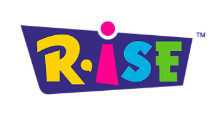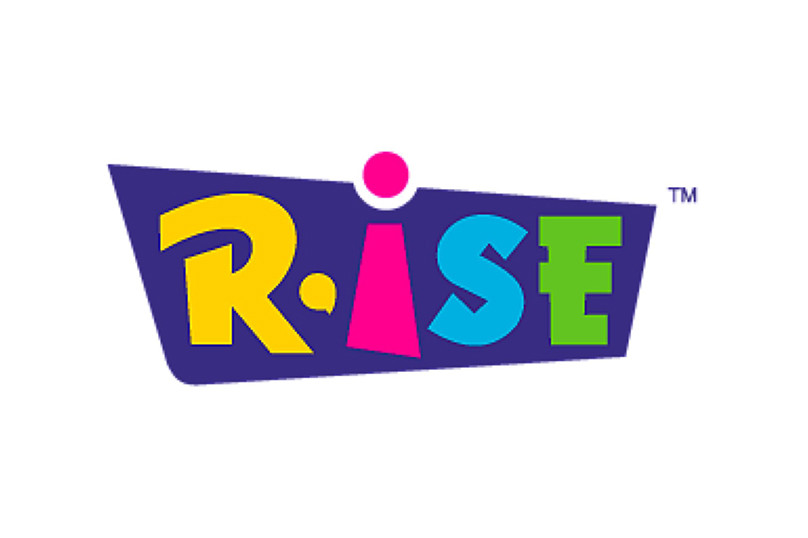by RISE Education Korea
HR Manager Self QnA: David Moon, the Head of R&D and Recruiting
My name is David Moon. I am a Korean Canadian who came to Korea in 2003. I have been employed by various academies, but I truly enjoy working at RISE Korea Education. I always wanted to change the English Education that children received. I wanted to help students learn naturally. I wanted our students to have fun while learning. All this was possible because RISE Korea Education truly cares about each individual student. We understand that students’ happiness can only arise from our teachers’ happiness and we endeavor to make that possible through our policies, faculty, and methodologies.
Education & Curriculum
Q: What is the mission of RISE Korea Education Korea?
A: Our mission is to provide an immersive learning environment using the best education technology. In order to accomplish this, we use the Natural Approach methodologies in our classrooms.
Q: What makes RISE Korea Education stand out from other English kindergartens in Korea?
A: Our motto is “happiness and safety”. It is true that happiness occurs when a student is having fun. However, we believe that true happiness can only occur when the learning process is a fun process. We are not focused on drilling and giving a lot of homework. We are more focused on having meaningful conversations with our students, understanding our students, and teaching the way our students learn.
Q: How does the curriculum help teachers succeed?
A: RISE Korea Education provides all the material necessary for classes. From assessments, worksheets, handouts, flashcards, pacing guides to touch-screen TV and E-books. All Rise books have been digitized to allow more engagement in classes. We don’t provide a lesson plan but rather a pacing guides. This allows teachers to be creative in their teaching within the framework of the overall curriculum. Just as all students learn differently, all teachers teach differently. Teachers will learn of RISE Korea Education methodologies and learn to apply them to their teaching style.
Q: What are the class size and student-to-teacher ratio?
A: The maximum class size is 12 students. Our kindergarten classes usually have 10~12 students. However, our afternoon classes with elementary students have an average of 8 students. The student-to-teacher ratio varies but it is usually about 25~30 students per teacher.
For Teachers
Q: What can RISE Korea Education offer to teachers that make it stand out?
A: When we ask teachers what they like about Rise, they mention students, fellow teachers, and the program. As our methodologies revolves around questions and as a result, RISE Korea Education students learn to speak quickly and proficiently. Our class are dynamic where thoughts are shared and discussed with peers. Being able to communicate with students, our teachers form a special bond with students based on respect and trust. Our schools are not small. Our smallest school services 8 Foreign teachers and our biggest school services 25 Foreign teachers. Each school has its own culture and teachers never feel alone. All our teachers are friendly and caring of the school, students, and teachers. As RISE Korea Education program is not meant to be about drilling, teachers are not burdened with test results. Also, since all the material are provided to our teachers, they feel prepared for classes without spending a lot of time with preparations. Finally, RISE Korea Education adheres to the Korean labor laws. All RISE Korea Education schools close during Korean national holidays. We also ensure that all our teachers receive the paid holidays every year. With this, our teachers enjoy a balanced life with work being restricted to the school and enjoyment outside.
Q: What kind of teachers do you look for and the qualities they should possess to work at RISE Korea Education?
A: We look for teachers whose educational philosophies align with RISE Korea Education. Also, as we are educating kindergarten and lower elementary students, we look for teachers who show passion for teaching and compassion for our students. Our students are humans, something we forget at times due to their age. All our students go through struggles and we need to emphasize with them and try to understand what they are going through. Furthermore, we want our teachers to be consistent and fair when dealing with students. Teachers are humans as well. We all have our favorites but when we make a class policy, it needs to be reinforced consistently and the fairly to all students. Lastly, we look for teachers who are willing to learn and improve their teaching.
Hiring & Training
Q: What is your hiring process like and what are some tips that you would give to applicants to help them nail their interview?
A: Our interviews are meant to understand each other. RISE Korea Education is looking to see if a teacher would be a good fit for RISE Korea Education. On the other hand, the candidate should be looking to see if RISE Korea Education would be a good fit for them. In order to accomplish this, the candidate should be honest about their answers. When they try to predict the response, we are looking for, that usually leads to inconsistent responses. We want to know who you are.
Q: What kind of career development opportunities do you offer at RISE Korea Education?
A: A lot of our teachers stay a lot longer than a year. Some of our teachers have been with us for 5 years. Our experienced teachers will be provided with an opportunity to be a Head teacher, helping the campus with training and teacher supports. Also, RISE Korea Education HQ is constantly on the lookout great teachers to help out with content development. RISE Korea Education R&D currently employ former RISE Korea Education teachers who have acquired the “F” visas.
Q: Do I need to have teaching experience or a teaching license to work at RISE Korea Education?
A: Teaching experience and teaching license is not required to work at RISE Korea Education as we provide sufficient training to help new teachers get started. However, they will increase the salary that is offered to you.
Q: What are some things that you provide your teachers with to help them develop? (Training, seminars, etc)
A: RISE Korea Education initial training consists of three parts, Zoom training, video training, and job shadowing. All training is compensated on an hourly basis and ends before the contract start date. Although the initial training is great to helps teachers get started, it does not immediately produce great teachers. RISE Korea Education schools provide a lot of supports from the vice principal, academic coordinators, and head teachers who are always looking for ways to assist our teachers. With feedback, workshops, and mock teaching sessions, our teachers transition from being a good teacher to being a great teacher.
Q: Lastly, what is one thing that you find most difficult about your position?
A: There are so many great candidates with various backgrounds. Each brings with them their own beliefs and skills. Trying to determine who would be a good fit for RISE Korea Education is truly difficult. Also, RISE Korea Education has so much to offer to our teachers. The 1-hour that the candidate and I share in an interview is too limited to reveal all that the RISE Korea Education has to offer. Unfortunately, we have made mistakes and will continue to make mistakes. However, we endeavor to continue to augment our interview process so that both the teacher and RISE Korea Education learn about each other.




